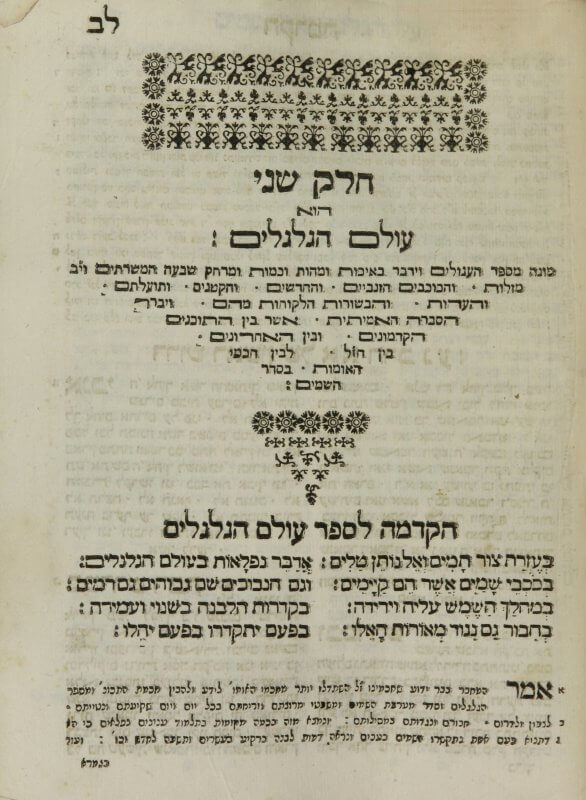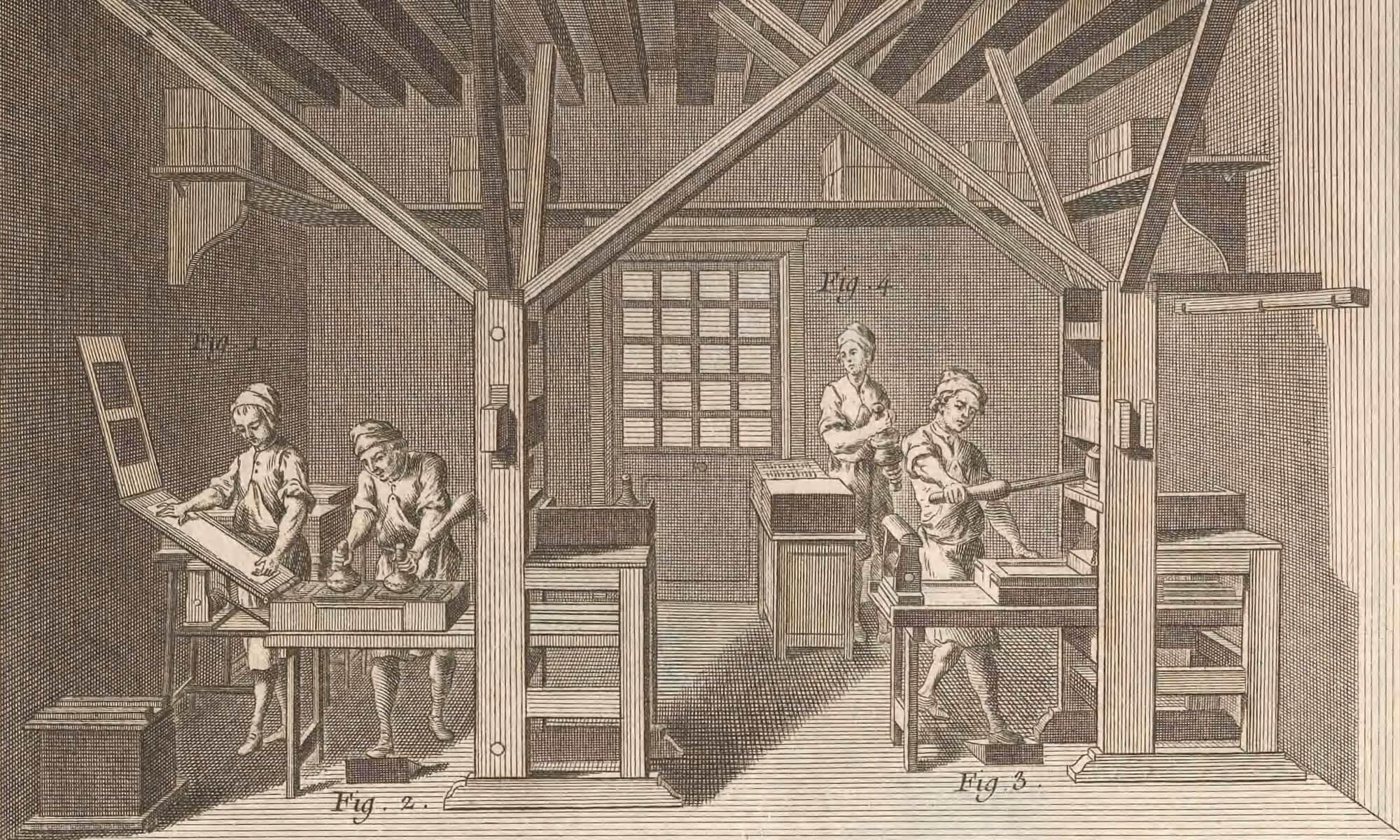Banckes, Herball, 1552 (C7r)
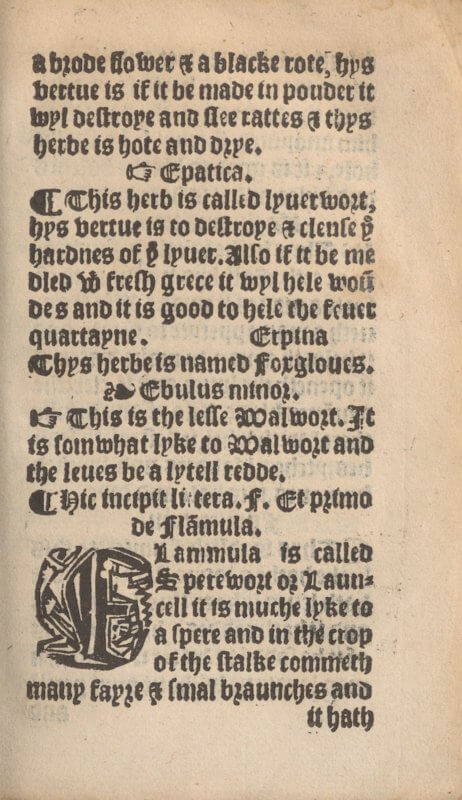
Behn, Widdow Ranter, 1690 (A1r)
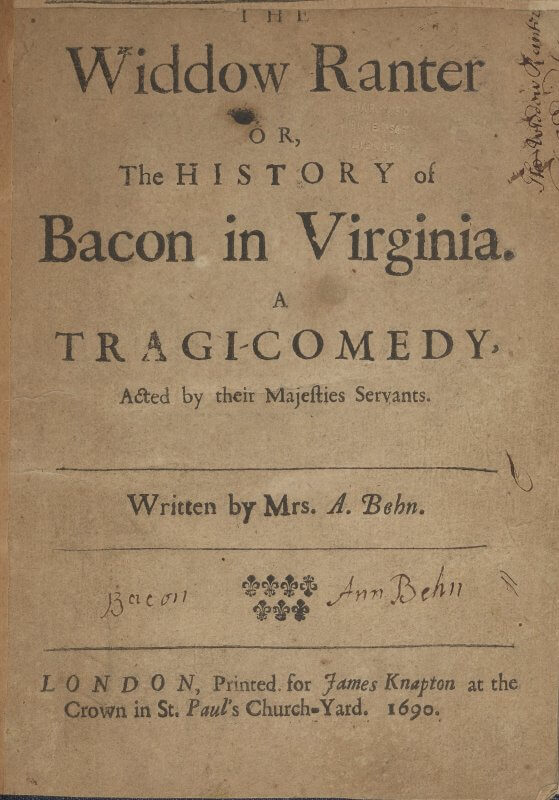
Bible, English, 1611 (A1r)
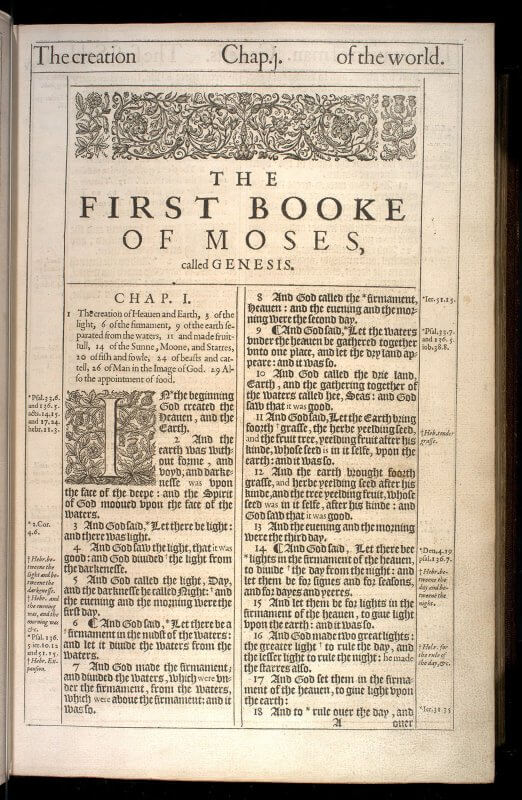
Black Bird, 1790 (p8)
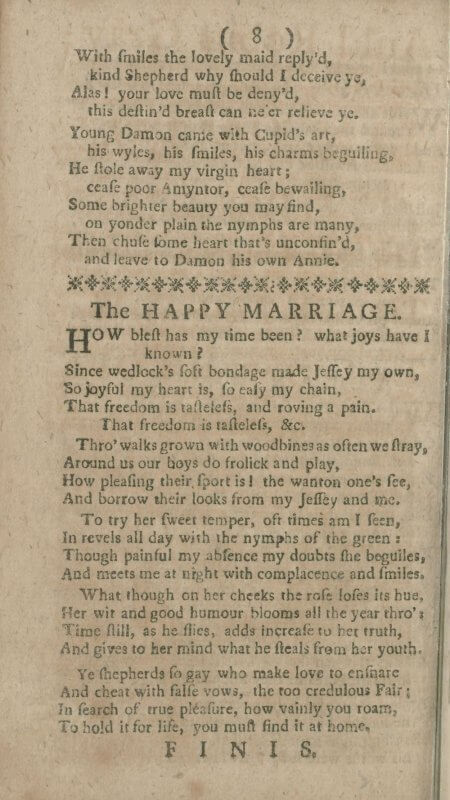
Cato, Moral distichs, 1735 (A1r)
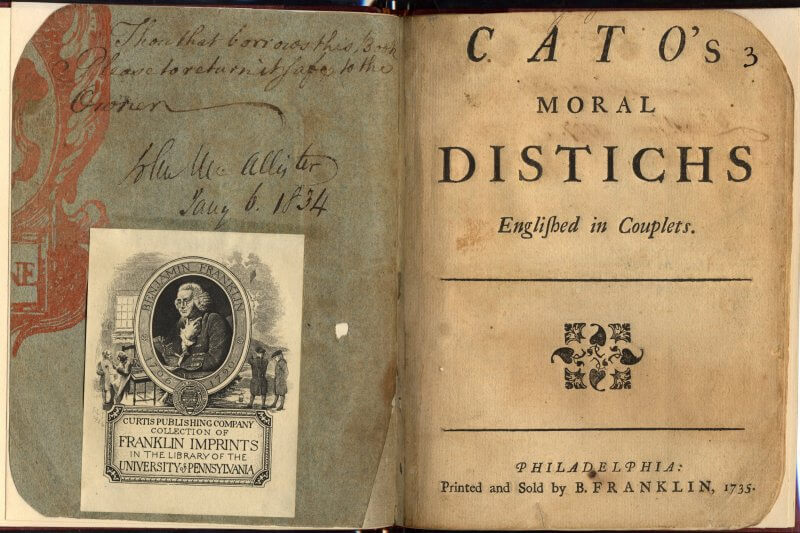
Cato, Moral distichs, 1735 (A1v-A2r)

Dowland, Songes, 1597 (π2r)
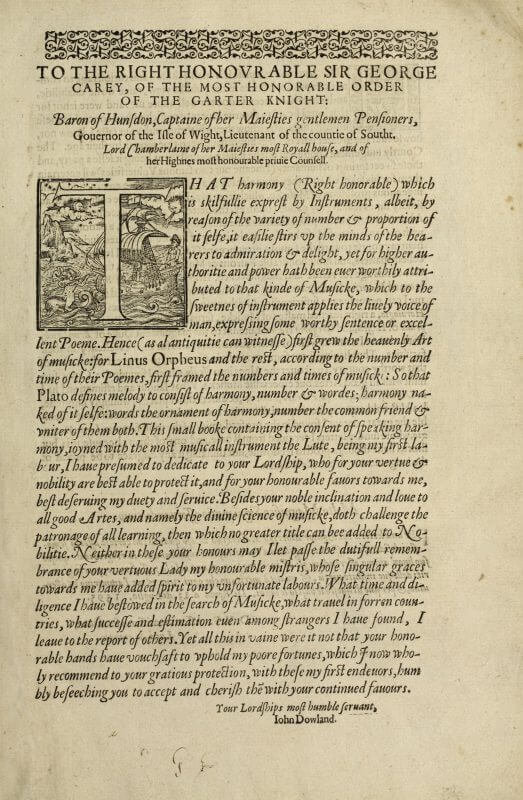
Guyot, Type specimen, 1565
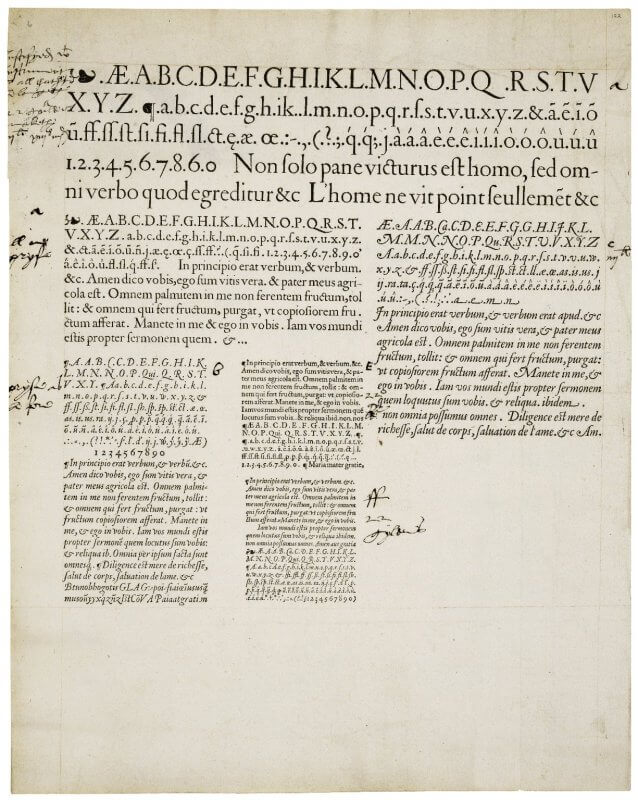
James I, By the King, 1611

Kats, Ma’aseh Toviyah, 1708 (8.4r)
